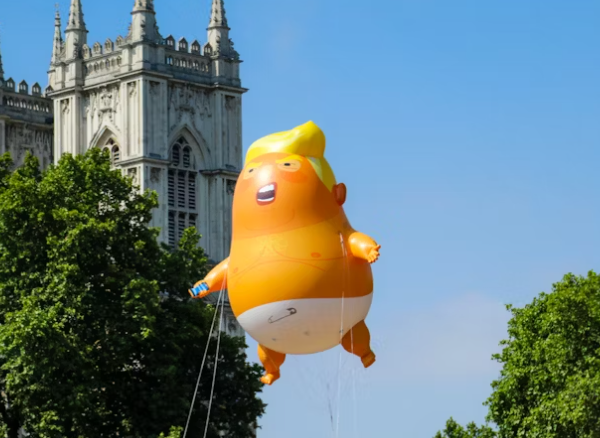$OIL $INDY
#TrumpTariffs #USPolitics #IndiaEconomy #GlobalOil #TradeWar #EconomicImpact #OilPrices #EnergyMarket #USIndiaRelations #InternationalTrade
Will Trump’s Tariff War with India Jeopardize 3.5 Million Barrels of Daily Oil Supply? Discover How.
In recent developments that have stirred the global markets, U.S. President Donald Trump has escalated his tariff offensive. This Monday, he announced plans to impose additional tariffs on India, accusing the country of “fueling the war machine” through its substantial purchases of Russian oil. By Wednesday, the President had acted on his declaration, signing an executive order to levy an extra 25% tariff on Indian goods. This decision intensifies the existing trade barriers, effectively doubling the tariff burden on Indian exports to the United States.
The Economic Ramifications of Trump’s Latest Trade Move
The new tariffs, set to be implemented in 21 days, could have significant implications for both economies. India, having surpassed China last year as the largest buyer of Russian oil, now procures up to 2 million barrels per day at discounted rates. This move by Trump could not only strain U.S.-India relations but also reverberate through the global oil markets where India plays a crucial role.
Assessing the Impact on Global Oil Supply and Prices
The potential disruption to India’s oil purchasing could jeopardize a critical volume of approximately 3.5 million barrels of oil per day globally. Such a scenario is likely to exert upward pressure on oil prices, affecting global supply chains and economic stability across continents. Moreover, the ripple effects of these tariffs may lead to reevaluation of trade alliances and energy procurement strategies worldwide.
Strategic Alternatives and Market Adaptations
In response to the mounting trade pressures, India might seek alternative markets or negotiate terms to soften the impact of these hefty tariffs. Similarly, other nations dependent on India’s market might find themselves adjusting their economic strategies to align with the evolving trade landscape. For detailed insights into how stock markets are reacting to Trump’s trade policies, consider exploring financial markets news.
Long-Term Consequences for U.S.-India Economic Relations
The imposition of such significant tariffs by Trump is indicative of a broader strategy to counteract what he perceives as unfair economic practices. However, this approach may have long-term diplomatic and economic repercussions, potentially alienating a vital ally in the South Asian region. The sustainability of this aggressive trade stance remains questionable, as it could lead to economic isolationism and reduced global trade efficacy.
Conclusion: Navigating a Complex Global Economic Landscape
As the situation unfolds, market watchers and political analysts will closely monitor the effects of Trump’s news on international trade dynamics. The ongoing developments highlight the intricate interdependencies within global markets and the delicate balance of international relations. The world must now wait to see how India, along with other impacted nations, will navigate these turbulent economic waters. For further discussions on how geopolitical events influence financial markets, visit global market trends.
The escalating tariff war between the U.S. and India serves as a stark reminder of how geopolitical decisions can swiftly alter the economic landscape, underscoring the need for adaptive strategies in an interconnected world economy.











Comments are closed.